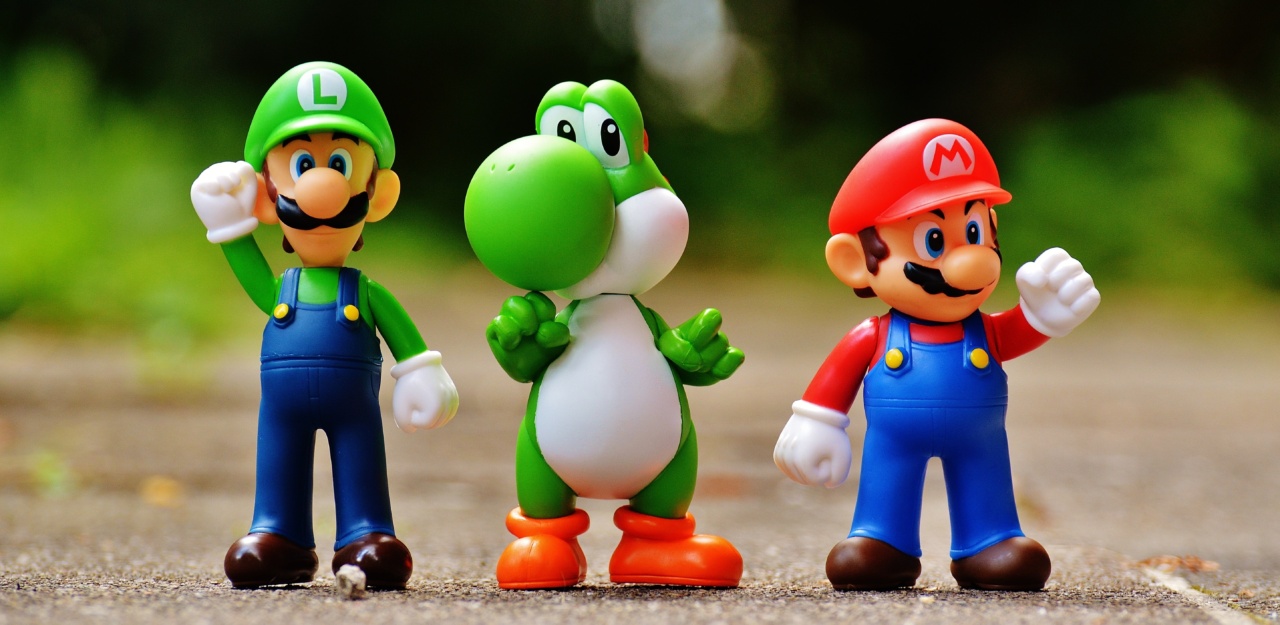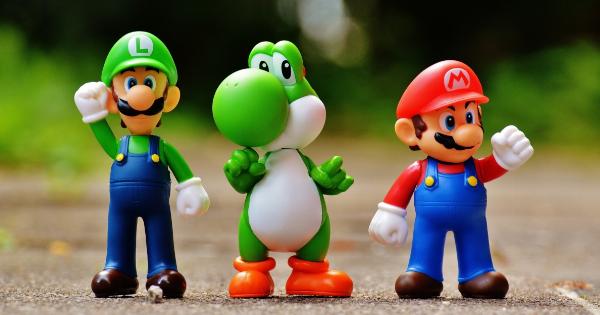Art is a powerful medium that has the ability to communicate complex ideas and emotions. Throughout history, artists have used various elements and symbols to convey hidden meanings in their works.
One recurring motif in art is the depiction of figures and children, which often hold deeper significance beyond their literal representation. In this article, we will explore some of the hidden meanings associated with figures and children in art.
The Symbolism of Figures in Art
Figures, whether portrayed as individuals or groups, have been a prominent subject in art throughout different eras. These figures can symbolize various concepts and evoke specific emotions.
Here are some common symbolic meanings associated with figures in art:.
1. Power and Authority
Figures depicted in regal attire or in positions of leadership often represent power and authority. This can be seen in portraits of kings, queens, and other rulers.
The paintings convey a sense of importance and command, signifying the status held by the figure.
2. Social Hierarchies
Figures placed in different positions or postures in a composition can imply social hierarchies. For example, a central figure may represent the highest status, while others surrounding them might be depicted in lower positions.
This arrangement emphasizes societal structures and power dynamics.
3. Emotional States
Artists often use figures to express various emotional states. Facial expressions, body language, and gestures can convey feelings such as joy, sadness, anger, or contemplation.
Through the depiction of figures, artists bring emotional depth and empathy to their work.
4. Mythology and Religion
Figures in art frequently draw inspiration from mythology and religious narratives. Whether representing gods, goddesses, or religious figures, these depictions carry symbolic meanings associated with specific beliefs and stories.
Figures in religious art serve as a bridge between the mortal world and the divine.
The Significance of Children in Art
In many artworks, children are portrayed as important elements that hold deep symbolic significance. Here are some interpretations of the hidden meanings behind the depiction of children in art:.
1. Innocence and Purity
Children have long been associated with innocence and purity. Their unaffected nature and lack of worldly experiences make them symbolic representations of hope and untainted goodness.
In artworks, children often symbolize a return to a state of purity or a respite from the complexities of adulthood.
2. Symbol of the Future
Depicting children in art can also symbolize the future and the passing of time. As the younger generation, children represent the continuation of life and the potential for growth and change.
In this context, they signify hope, progress, and the legacy to be inherited.
3. Vulnerability and Fragility
Children are inherently vulnerable and fragile, both physically and emotionally. Artworks that portray children can highlight themes of vulnerability, innocence lost, or the need for protection.
This representation reminds viewers of the importance of nurturing and safeguarding the younger generations.
4. Social Commentary
Artists often use the depiction of children to make social or political commentary.
By showing children in various settings, relationships, or circumstances, artists invite viewers to reflect on issues such as child labor, poverty, war, or the impact of society on the younger generation.
Conclusion
Figures and children in artworks carry deeper symbolic meanings that go beyond their mere depiction. Artists skillfully incorporate these elements to evoke emotions, convey powerful messages, and comment on societal issues.
By recognizing and exploring the hidden meanings associated with figures and children in art, viewers can gain a richer understanding of the artwork’s intended message.































